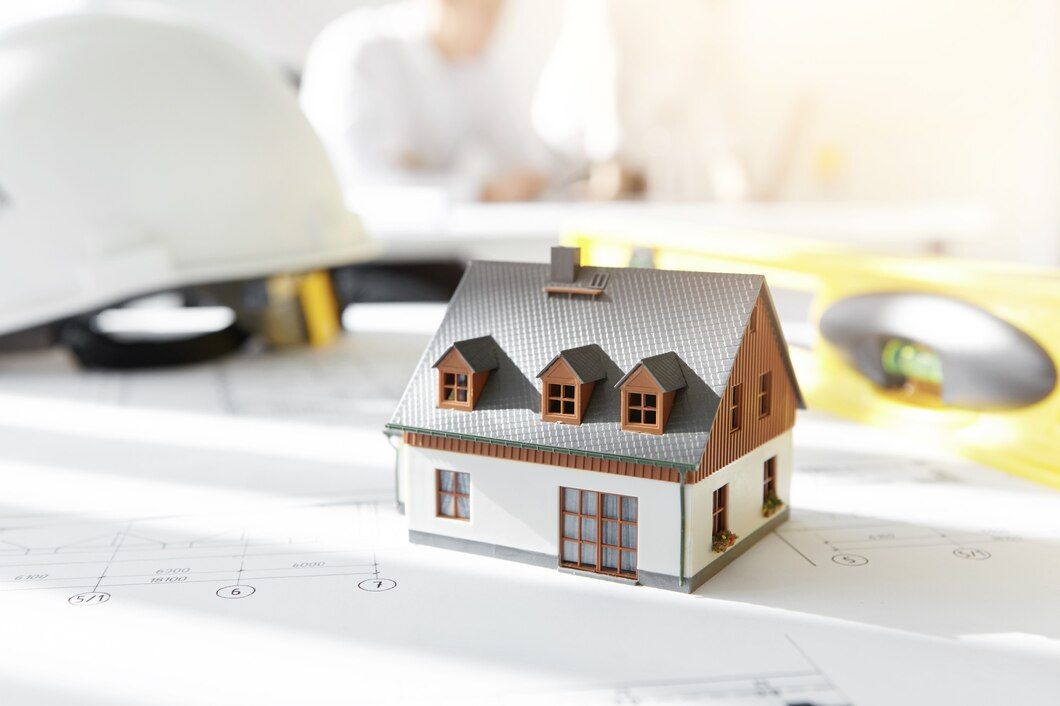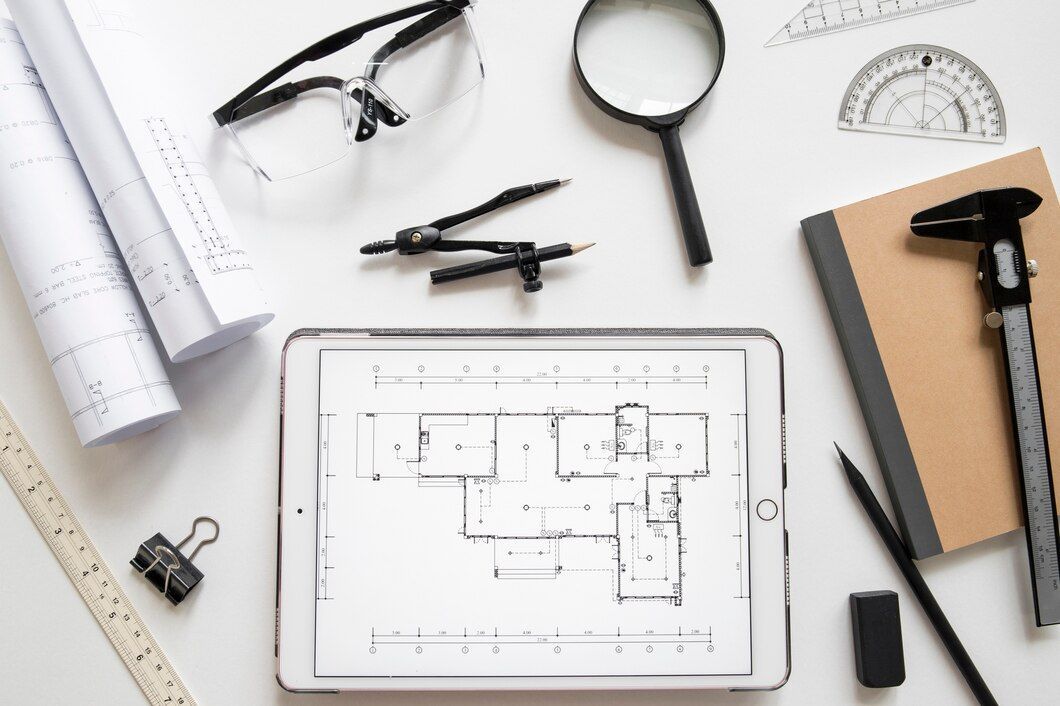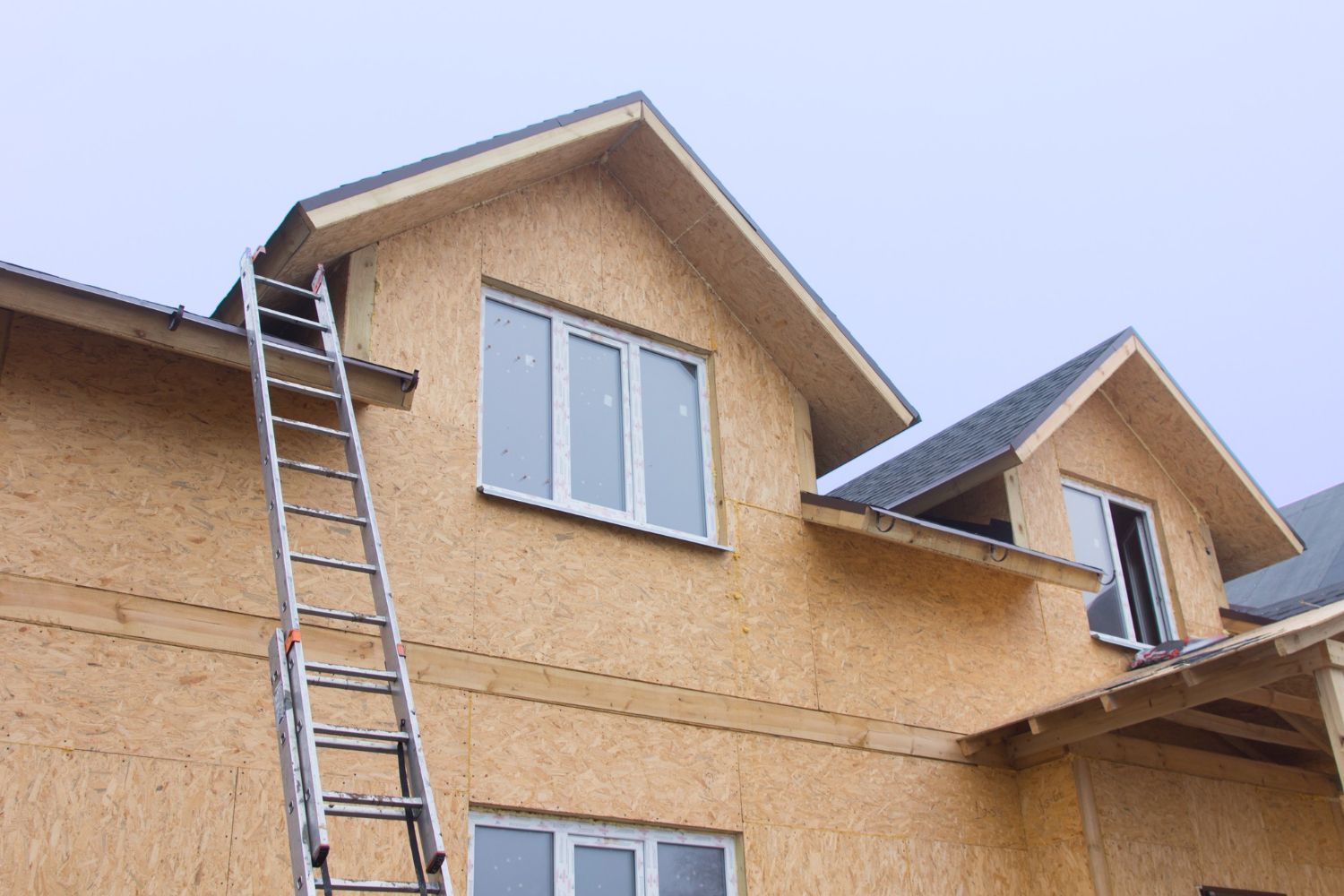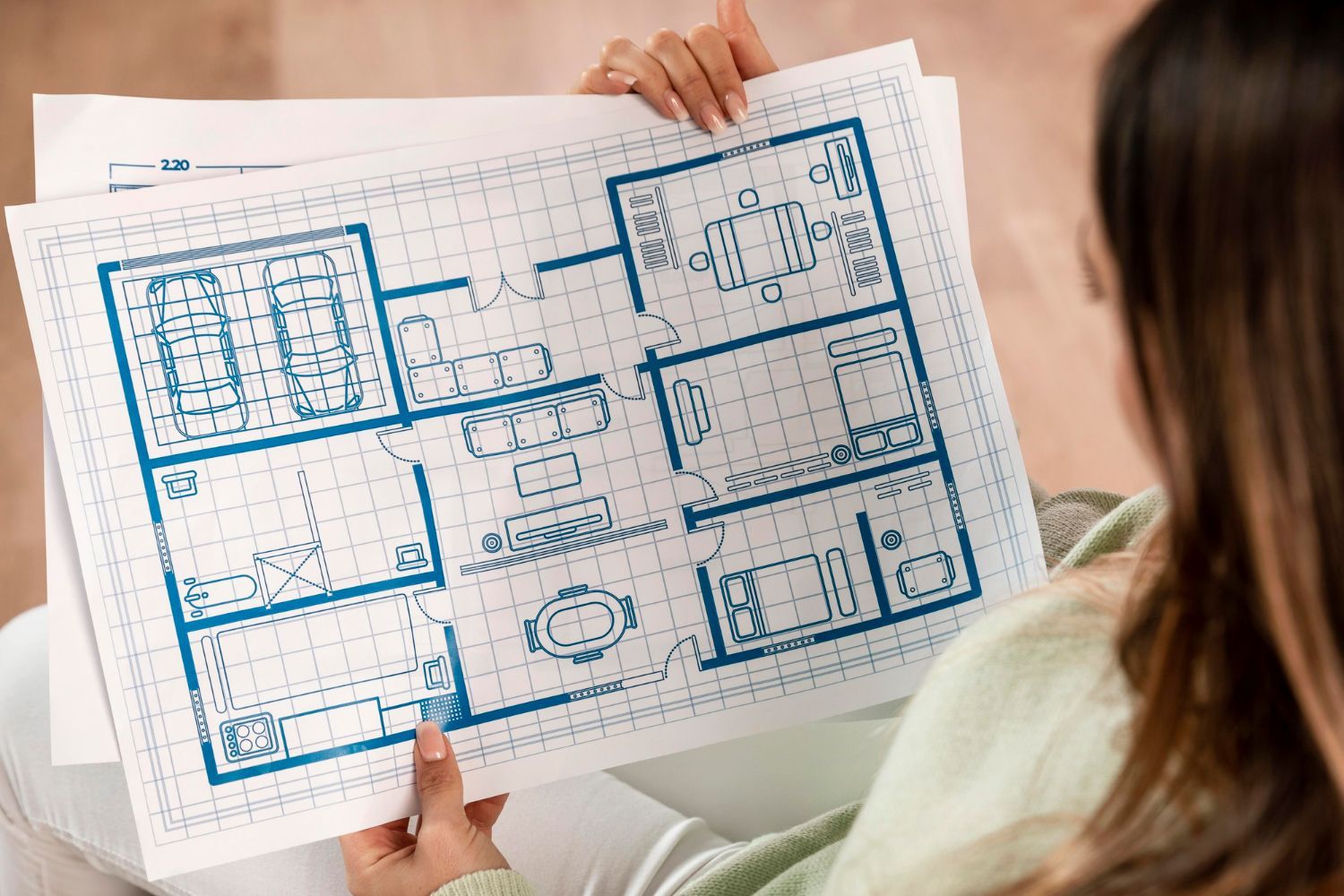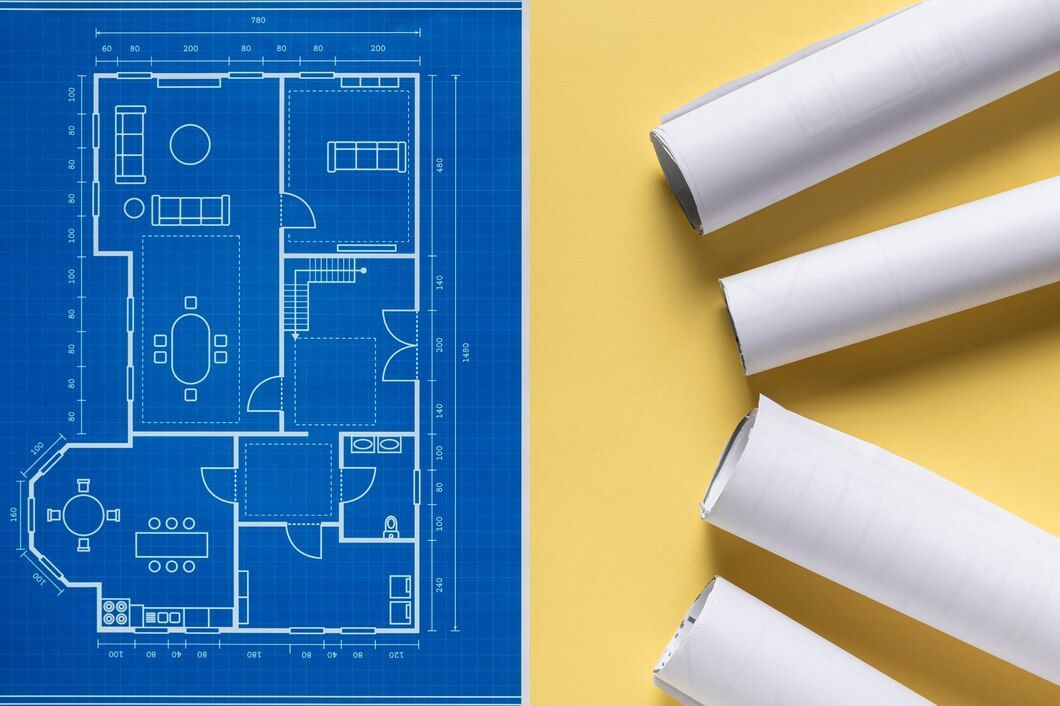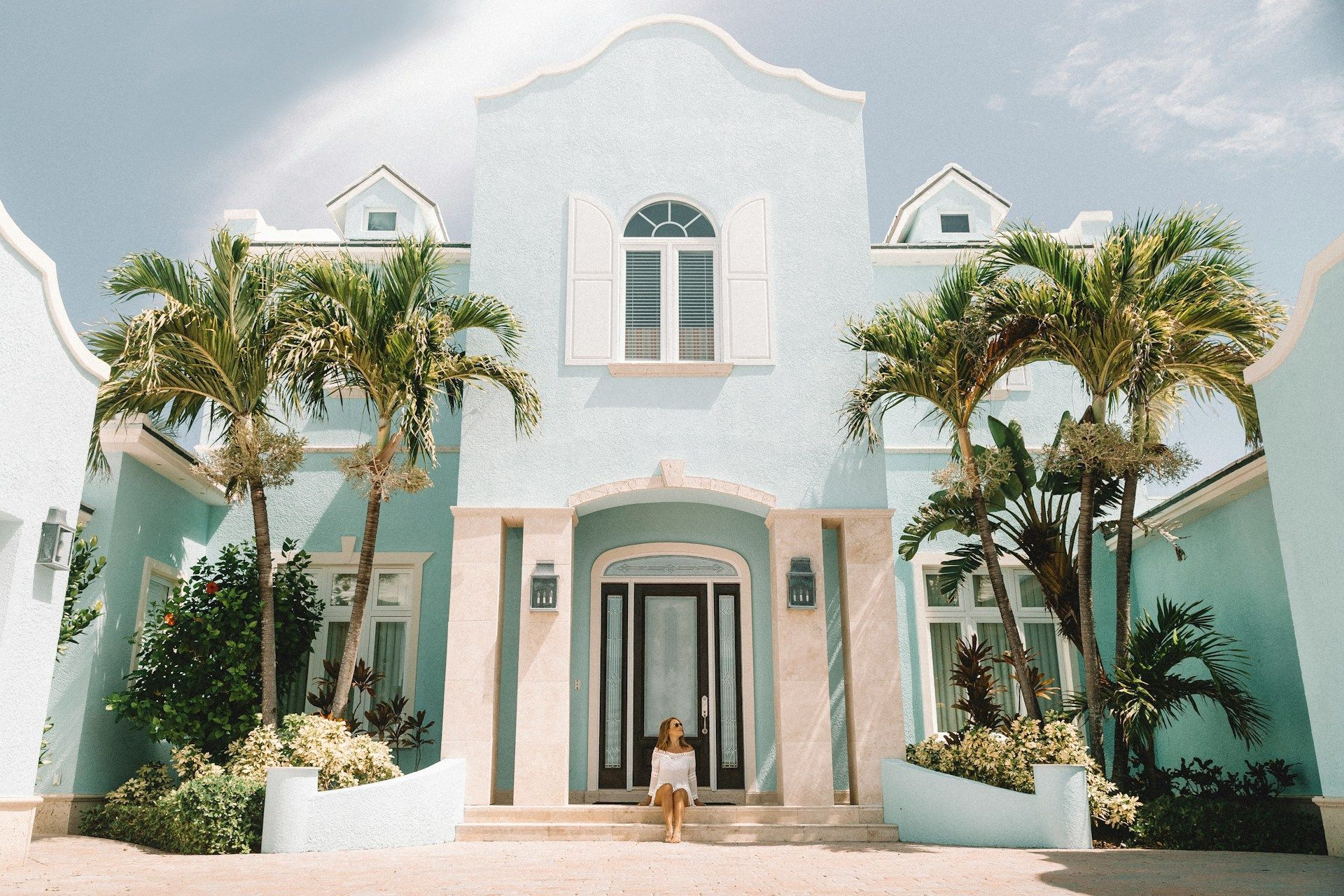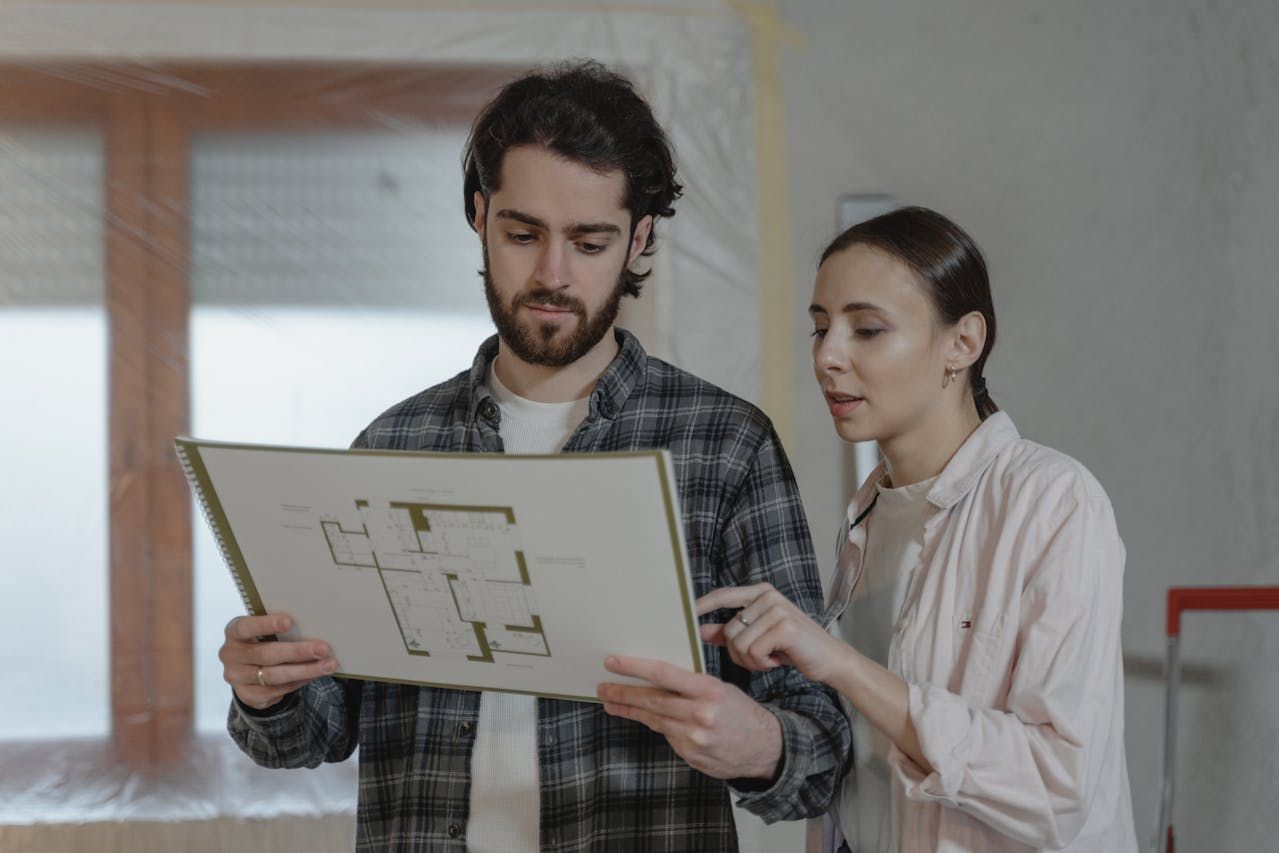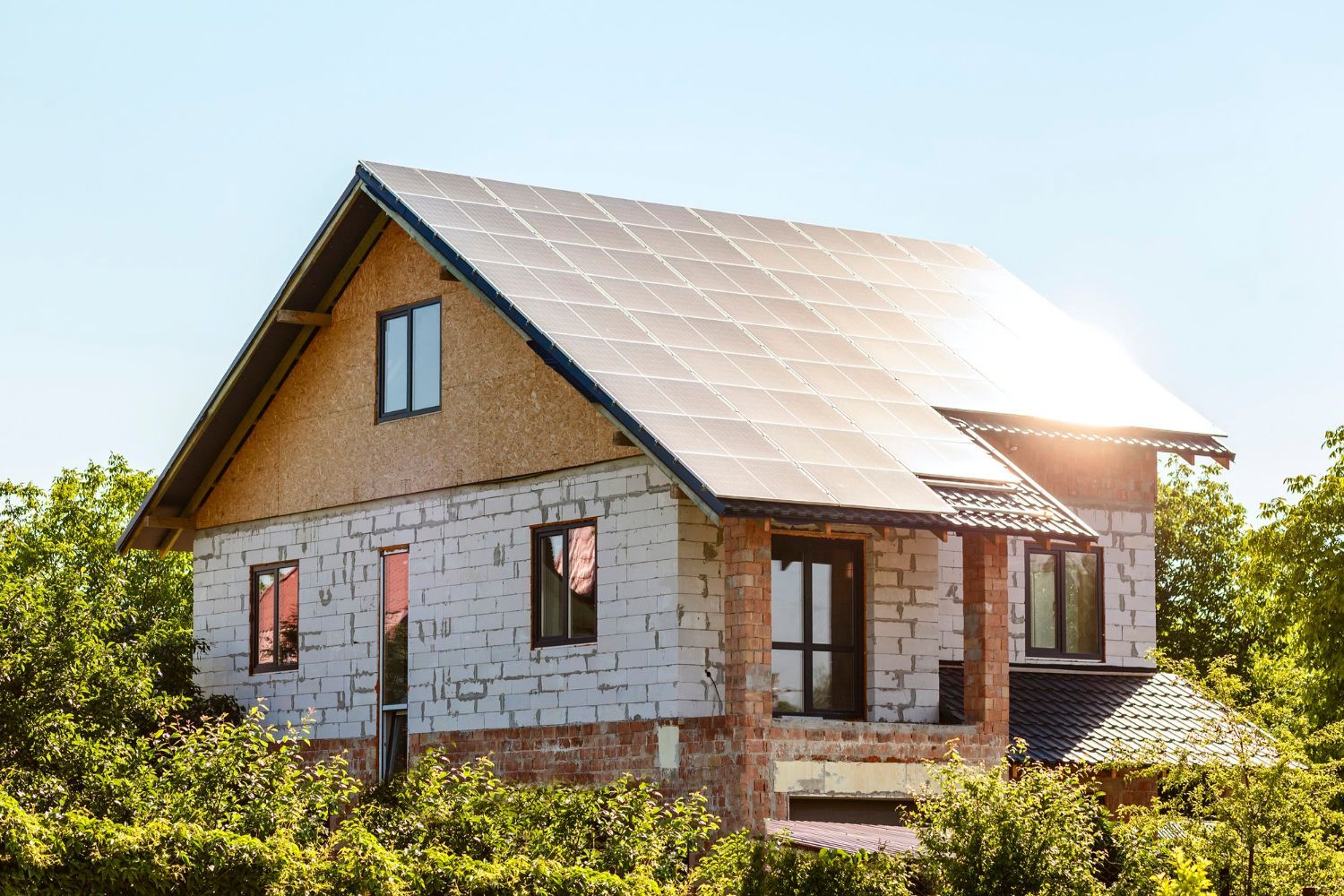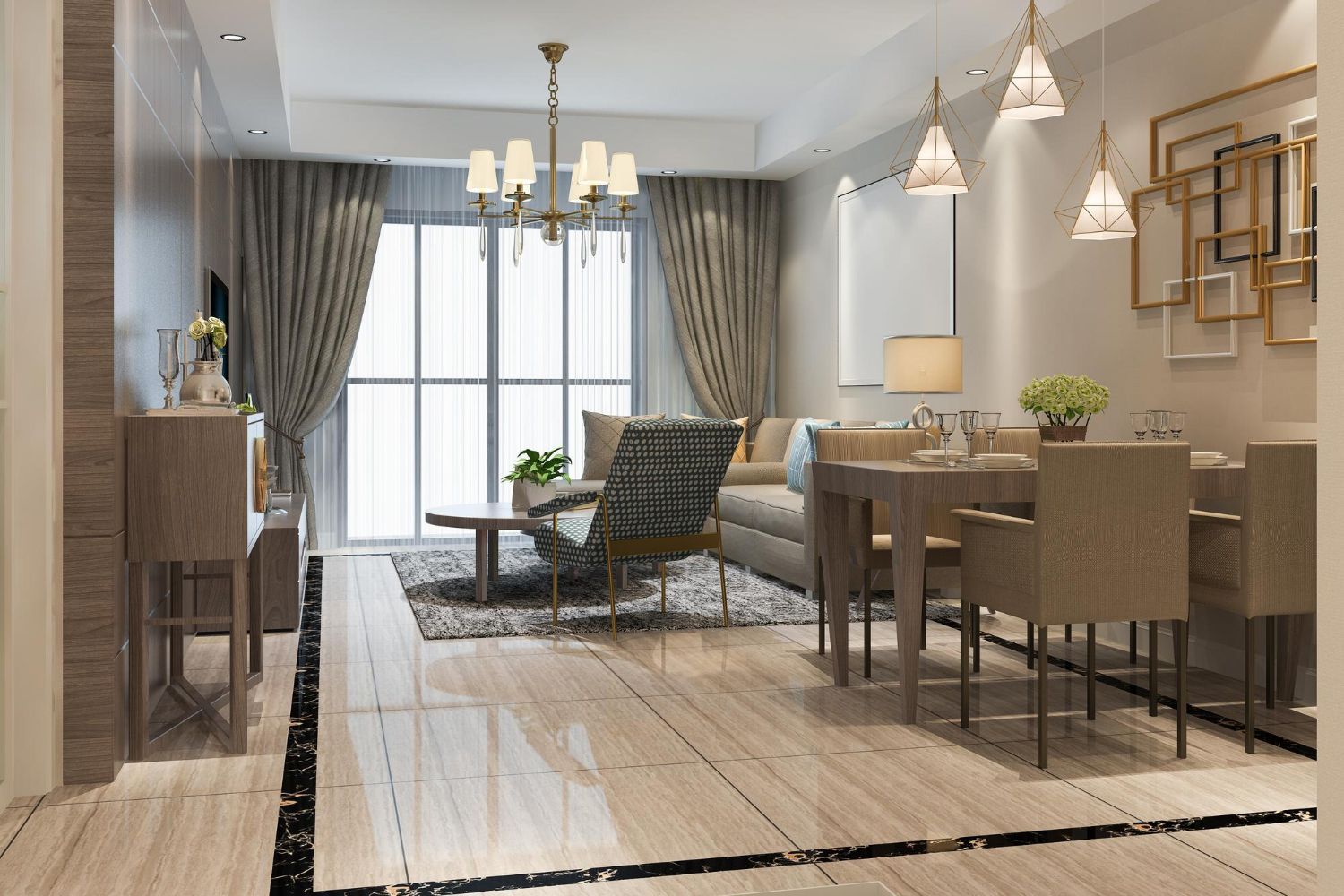Universal Design Principles for Accessible and Functional Custom Homes
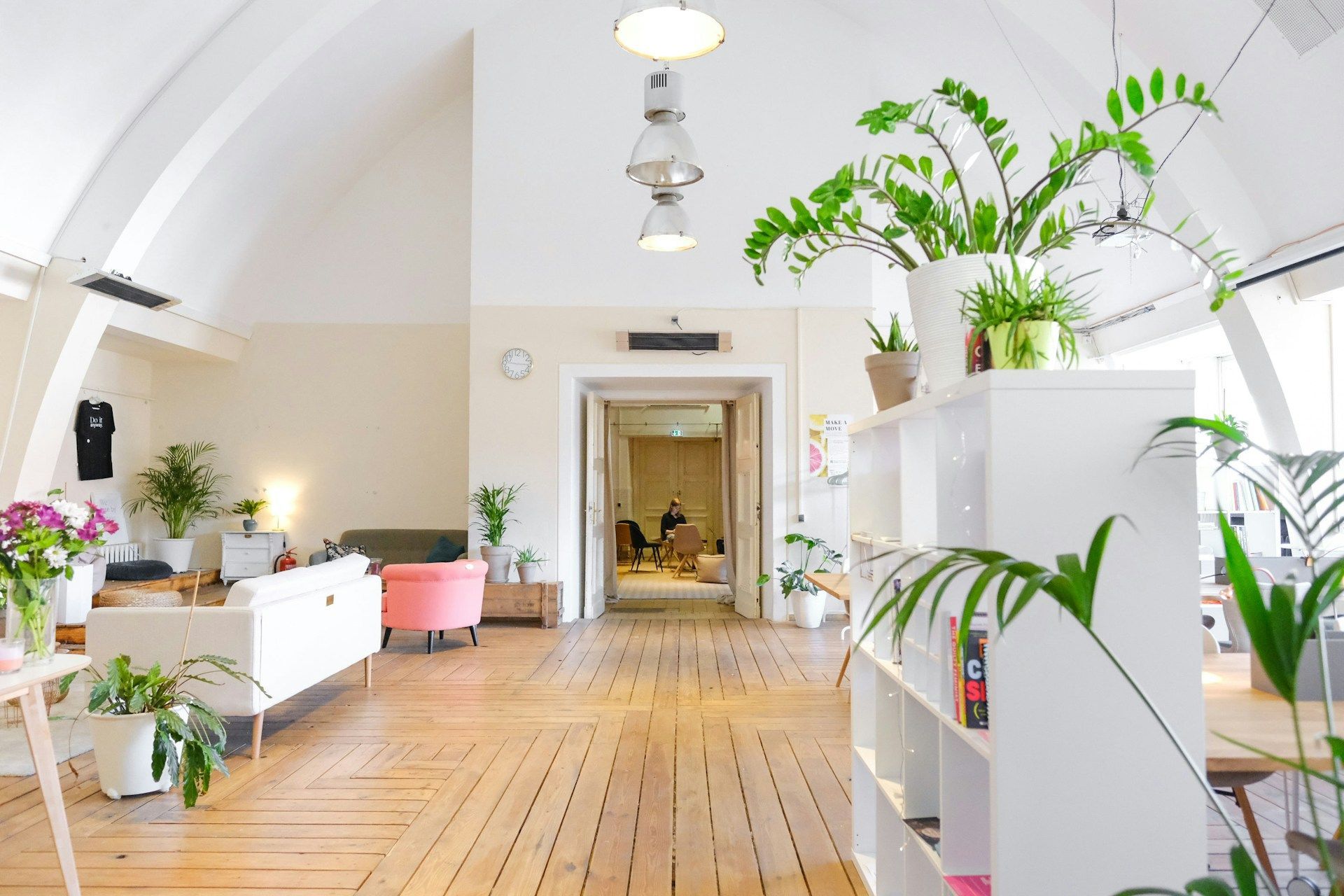
As custom home builders, we are dedicated to creating living spaces that cater to the diverse needs and preferences of our clientele. One of the most important aspects of custom home design is ensuring that everyone who may inhabit the space, including individuals with varying abilities and lifestyle needs, can enjoy it to the fullest. This is where the concept of universal design comes into play, serving as a guiding philosophy in creating homes that are accessible, functional, and comfortable for every homeowner.
Universal design principles encompass a wide range of design strategies and features that aim to simplify and enhance how we live for all, regardless of age, mobility, or ability. By considering accessibility, adaptability, safety, and usability, custom homes incorporating universal design elements allow families to age in place gracefully and accommodate residents with diverse physical and cognitive abilities.
In this comprehensive guide, we will explore the key principles of universal design, delve into specific design features, and discuss their application within custom home building. Our ultimate goal is to equip homeowners in Bend, Oregon, with the knowledge and tools to make informed decisions when designing their dream residence. Whether you're constructing a multigenerational home or planning for future accessibility needs, universal design provides practical and lasting solutions that maximize the usability and appeal of your living space.
Essential Principles of Universal Design
At the core of universal design are seven guiding principles that serve as the foundation for creating accessible, functional, and age-friendly living spaces. Let's delve into these principles and their applications within custom home building:
- Equitable Use: This entails designing homes usable by all, regardless of age or ability, without segregation or stigmatization.
- Flexibility in Use: Custom homes should accommodate various individual preferences and abilities by offering customizable features and adaptable design elements.
- Simple and Intuitive Use: Design considerations should be straightforward and intuitive to understand, regardless of a user's experience, knowledge, or cognitive ability.
- Perceptible Information: Essential living space information should be communicated effectively, irrespective of ambient noise or the user's sensory abilities.
- Tolerance for Error: Design features should minimize hazards and adverse consequences of accidental or unintended actions.
- Low Physical Effort: Design elements should encourage efficient and comfortable use with minimal fatigue or strain.
- Size and Space for Approach and Use: Appropriate space dimensions should be provided to ensure comfortable and safe access, reach, and manipulation for people with diverse abilities.
Accessible Home Entrance and Interior Layout
One of the cornerstones of universal design is ensuring ease of access and mobility within the home. This can be achieved by incorporating the following features into your custom home:
- Level or gently sloping entrance with no steps and adequate lighting
- Wider doors and hallways to accommodate wheelchairs and other mobility aids
- Open floor plan and spacious room layouts to facilitate turning and movement
- Non-slip flooring to minimize tripping hazards and facilitate wheelchair mobility
- Prominent placement of light switches, thermostats, and electrical outlets for easy reach and access by all
Safe and User-Friendly Bathrooms
Bathrooms can present various challenges for individuals with limited mobility or other disabilities. Universal design features can help create a safer and more accommodating environment:
- Curbless or low-threshold showers with non-slip surfaces, grab bars, and adjustable-height showerheads
- Tall or wall-mounted toilets for easier access and use, especially for individuals with limited mobility
- Reinforced walls to support the installation of grab bars and assistive devices, if necessary
- Lavatory countertops with clear space beneath for wheelchair users and ample knee clearance
- Strategically placed towel bars and hooks that double as grab bars for added stability and support
Adaptable and Efficient Kitchen Design
The kitchen is the heart of any home, and universal design principles can make it a more comfortable and efficient space for all residents:
- Adjustable-height countertops and sinks to accommodate wheelchairs and varying user heights
- Pull-out or pull-down shelves and drawers for easier access to items
- Lever-style or touchless faucets for simple operation and control by people with limited hand strength
- Front-mounted controls for cooktops, ovens, and appliances for easy reach and use
- Open knee space beneath work areas and islands for wheelchair users or seated tasks
Building Custom Homes for an Inclusive Future
Embracing universal design principles in your custom home creates a living space that is welcoming, functional, and comfortable for all, regardless of age, ability, or lifestyle. By integrating features such as accessible entrances, open-concept layouts, user-friendly bathrooms, and efficient kitchens, custom homes can promote independence, safety, and comfort for every household member in Bend, Oregon.
As your trusted custom home builder, Mountain High Builders is committed to designing and constructing homes that cater to the unique needs of every homeowner while adhering to the principles of universal design. Together, let's build a more inclusive and age-friendly community through custom homes that respect all residents' diverse abilities and preferences.
Reach out to our team today and discover how we can guide you through incorporating universal design principles into your dream
custom home in Bend, Oregon!


